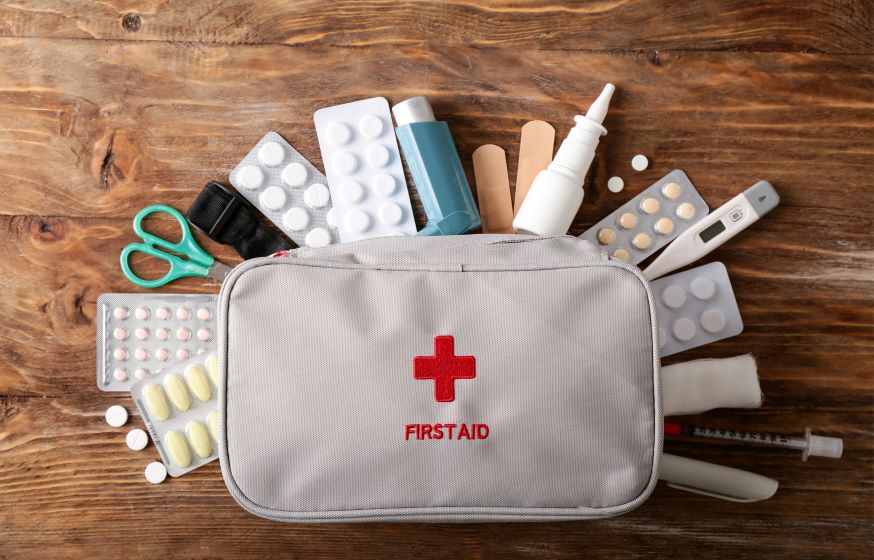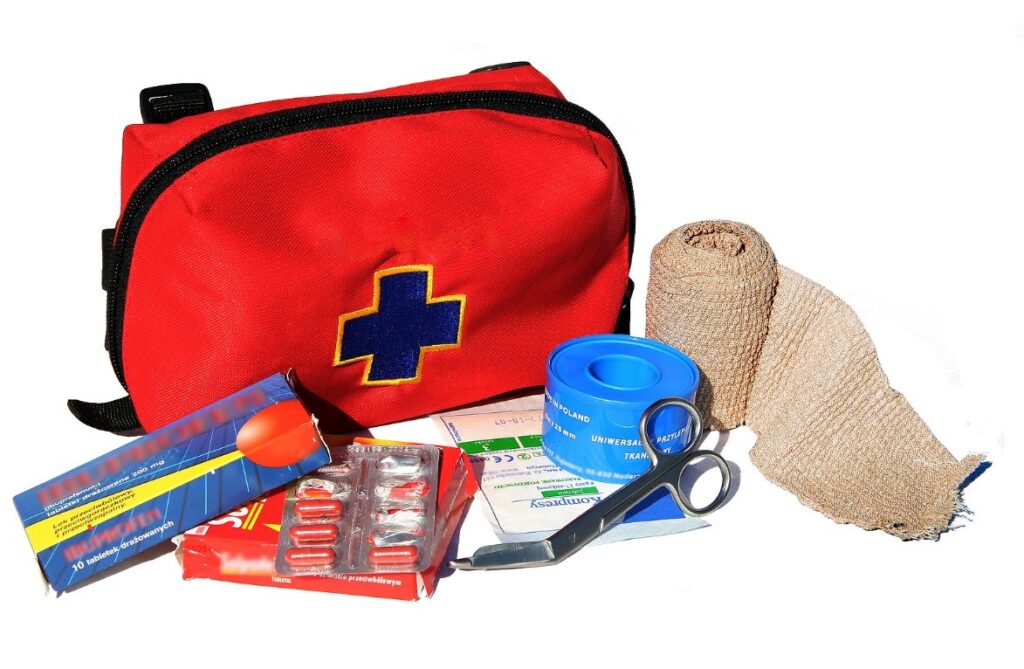


Date: 07 Nov 2025
Every household, regardless of size, should have a first aid kit within easy reach. Accidents happen when we least expect them—whether it’s a minor kitchen cut, a burn, or a sprained ankle. A well-stocked kit ensures that you can respond quickly and confidently before medical help arrives. Moreover, having one at home promotes safety awareness and preparedness among family members.
If you have children, elderly persons, or anyone with chronic health conditions at home, a complete kit isn’t optional—it’s essential. It provides immediate relief, prevents infections, and could even save a life during emergencies.
A proper first aid kit should contain a mix of wound care essentials, medications, and protective tools. Let’s explore what you should include and why each item is crucial.

These are the foundation of every first aid kit. You’ll need adhesive bandages for small cuts, sterile gauze pads for larger wounds, and medical tapes to secure dressings. Elastic bandages can be used for sprains or strains.
Having various sizes ensures you’re ready for anything from a paper cut to a scraped knee.
Cleaning wounds properly before dressing them prevents infection and speeds up healing. Your kit should include antiseptic wipes or liquid solutions.
Always clean your hands before handling open wounds to avoid contamination.
Sterile gloves protect both the caregiver and the patient from cross-infection. Scissors are essential for cutting gauze, tape, or clothing during an emergency.
Store these items in a waterproof bag within your kit for easy access.
Burn ointment s help soothe and heal minor burns or scalds. Meanwhile, pain relievers like paracetamol or ibuprofen help man age headaches, muscle pain, or fever.
These items ensure your kit can address not only injuries but also general discomforts that arise unexpectedly.
When deciding between a pre-assembled first aid kit and a DIY (do-it-yourself) version, consider your household’s unique needs.
A great option is the Pharmily Family First Aid Kit, which comes complete with antiseptics, plasters, bandages, scissors, and gloves, ideal for family use.
However, if you prefer control over every item, build your own using individual components available at Pharmily.

If you’re looking for reliable, well-stocked kits, here are some of the top picks available online in Kenya:
A complete first aid kit is one of the smartest investments you can make for your household’s safety. Whether you choose to build your own or buy a pre-assembled one from Pharmily Kenya, what matters most is that it’s well-stocked, up to date, and easily accessible when emergencies arise.
1. How often should I update my first aid kit?
Every 6 to 12 months. Replace expired products and restock used items to maintain readiness.
2. Can I keep medications like antibiotics in a first aid kit?
Only if prescribed. Keep over-the-counter pain relievers and antiseptics instead.
3. What’s the difference between a home and travel first aid kit?
A home kit is usually larger and more comprehensive, while a travel kit is compact and focuses on portability.
4. Is it better to buy or assemble my own first aid kit?
Both options are good—pre-assembled kits save time, while DIY kits allow customization for specific family needs.